Statistical Tests and Data Representation
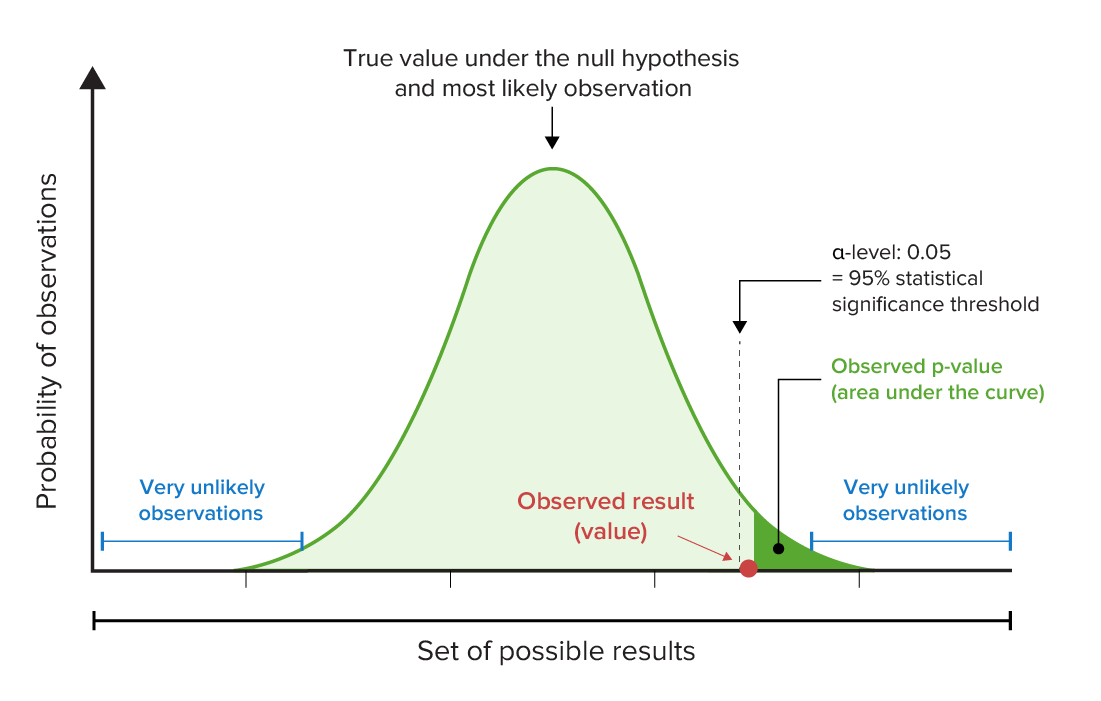
Introduction Hypothesis testing is used to assess the plausibility of a hypothesis by analyzing study data. For example, a company creates a new Drug X that is intended to treat hypertension. The company wants to know whether Drug X does in fact work to lower BP, so they need to do hypothesis testing. Steps for […]
Measures of Central Tendency and Dispersion
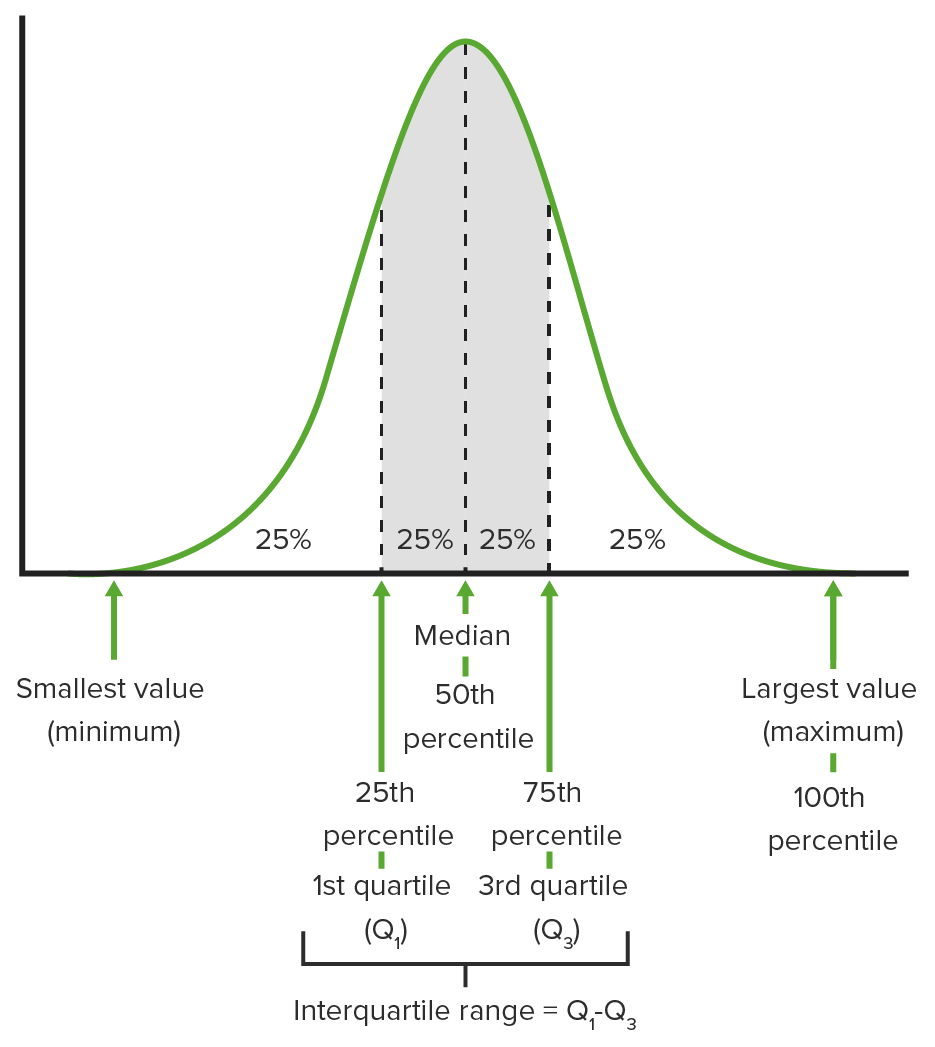
Overview Definition Measures of central tendency are single values that attempt to describe a data set by identifying the central or “typical” value for that data set. Colloquially described as “averages” Most common measures: Mean Median Mode Data distribution and measures of dispersion In any data set, the data are distributed over a certain range. […]
Basics of Probability

Probability and Random Phenomena Probability Probability is a mathematical tool used to study randomness and provide predictions about the likelihood of something happening. Abbreviations: Probability is abbreviated as P(event). Example: P(A) refers to the probability of event A happening. Types of probability include: Theoretical probability: mathematical models and not observations Relative frequency: observations and/or measurements […]
Measures of Risk
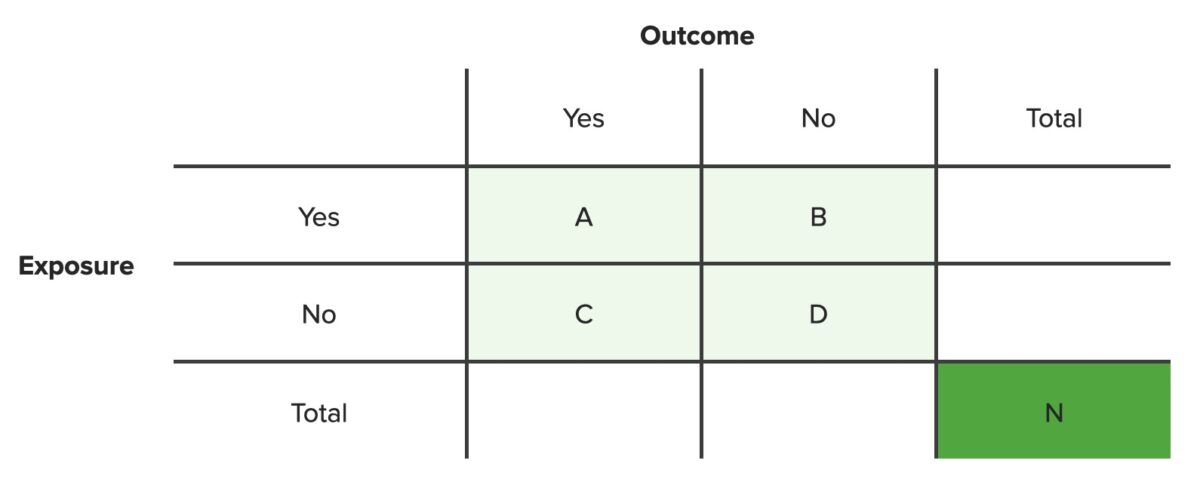
Contingency Tables Definition A contingency table lists the frequency distributions of variables from a study and is a convenient way to look at any relationships between variables. Table structure Example Below is an example of a 2×2 contingency table. The cells show the frequencies of distribution (A, B, C, D) for different combinations of the […]
Epidemiological Values of Diagnostic Tests
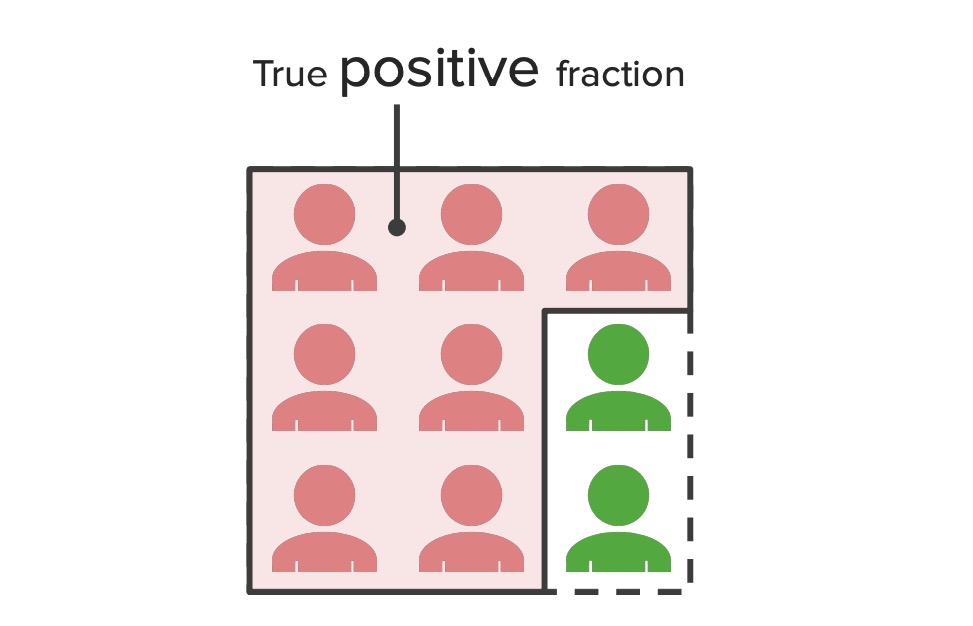
Overview of Screening Tests Screening tests Screening tests are used to identify people in the early stages of a disease and enable early intervention with the goal of reducing morbidity and mortality. Screening tests do not provide a definitive diagnosis: Screening tests don’t “prove” that a person has a disease, but only provide suspicion. A […]
Causality, Validity, and Reliability
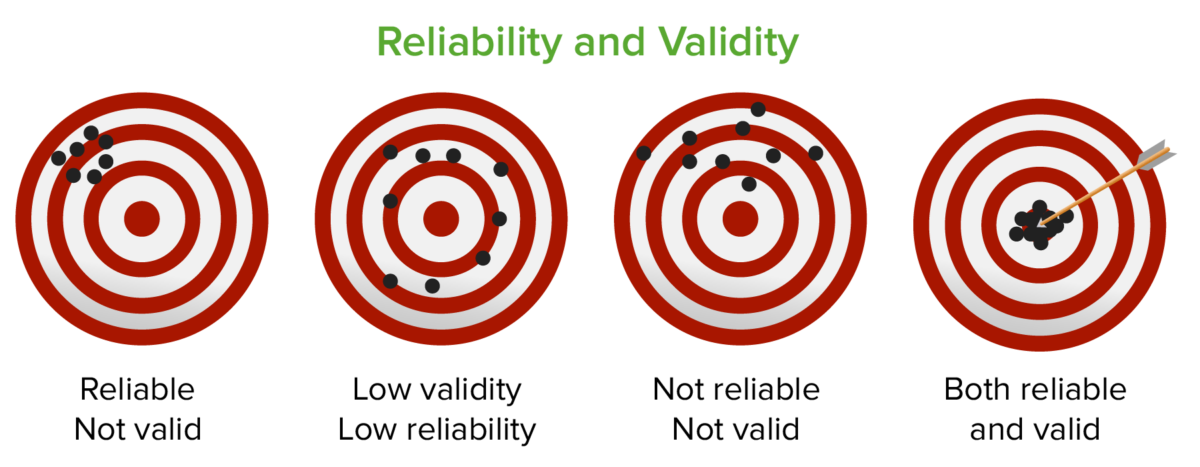
Causality Definition Causality is the relationship between cause and effect. Principles The principle of causality is that all events have a cause. Indicates a logical relationship between 2 events (a cause and an effect) and an order between them (the cause precedes the effect) In medicine, establishing causality: Helps identify the cause of a disease […]
Types of Variables

Definition A variable is a placeholder for a value that may be represented in a qualitative or quantitative manner. A function is a relationship between multiple variables. 2 major classes of variables: Qualitative: represent categories Nominal Ordinal Quantitative: represent a measurable quantity Continuous Discrete Within epidemiology: In epidemiology, a variable is understood as a set […]
Statistical Power
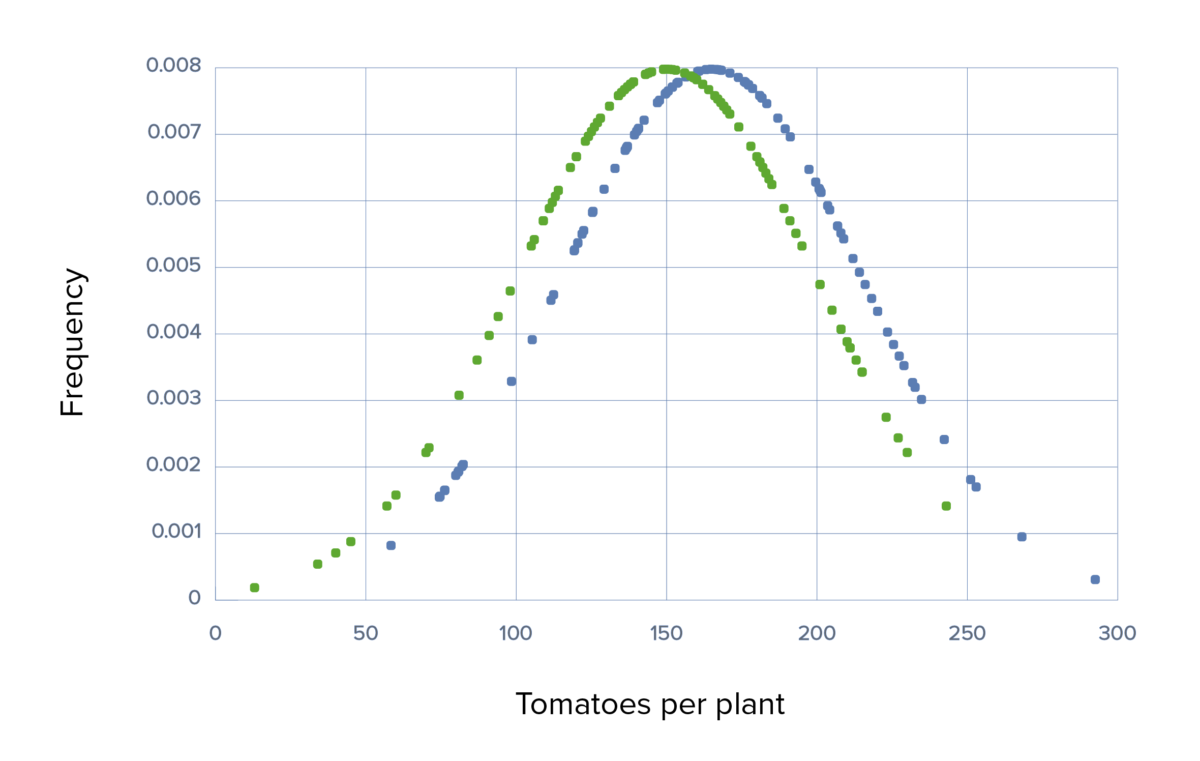
Prerequisites In order to comprehend the concept of statistical power, some previous knowledge about descriptive and inferential statistics is recommended. Definition and Importance Definition Statistical power (SP) is expressed in 3 different ways: SP is the probability of finding significance if the alternative hypothesis is true. SP is the probability of correctly rejecting a false […]
Number Needed to Treat

Prerequisites In order to comprehend the concept of number needed to treat, some previous knowledge about descriptive and inferential statistics is recommended. Definition The number needed to treat (NNT), also called the number needed to benefit (NNTB); and its analog, the number needed to harm (NNH), are simply other measures of effect sizes, like Cohen’s […]
Points of Intervention
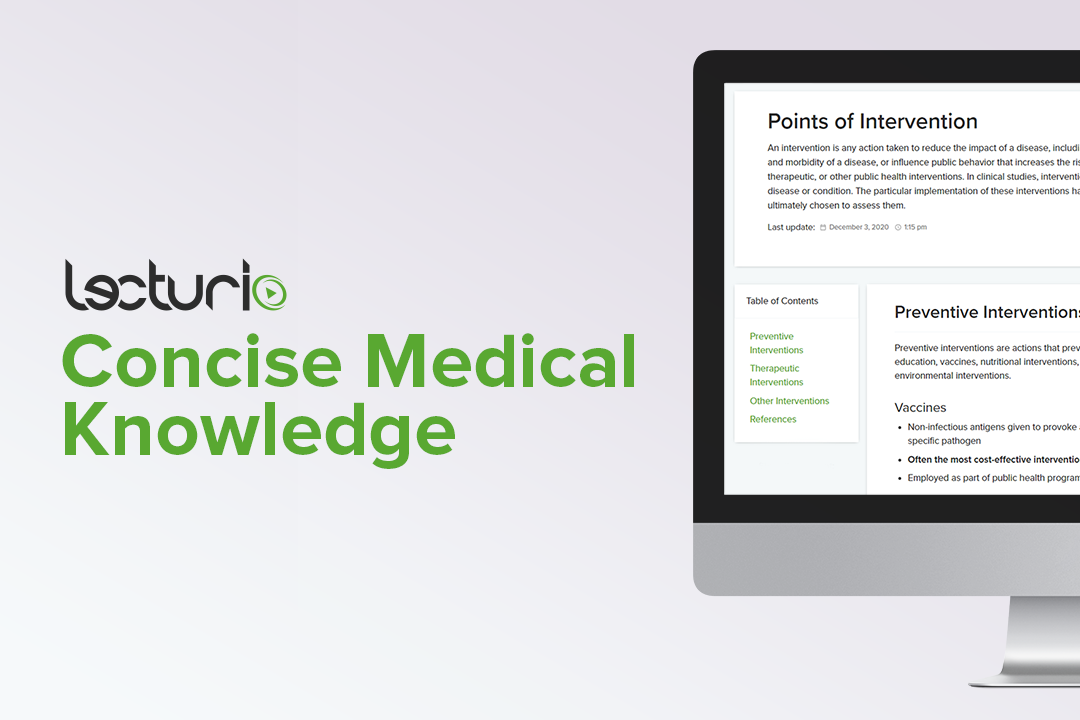
Preventive Interventions Preventive interventions are actions that prevent a disease and reduce the incidence of new cases, including education, vaccines, nutritional interventions, maternal and neonatal interventions, behavioral interventions, and environmental interventions. Vaccines Non-infectious antigens given to provoke an immune response that conveys protection against infection by a specific pathogen Often the most cost-effective interventions Employed […]